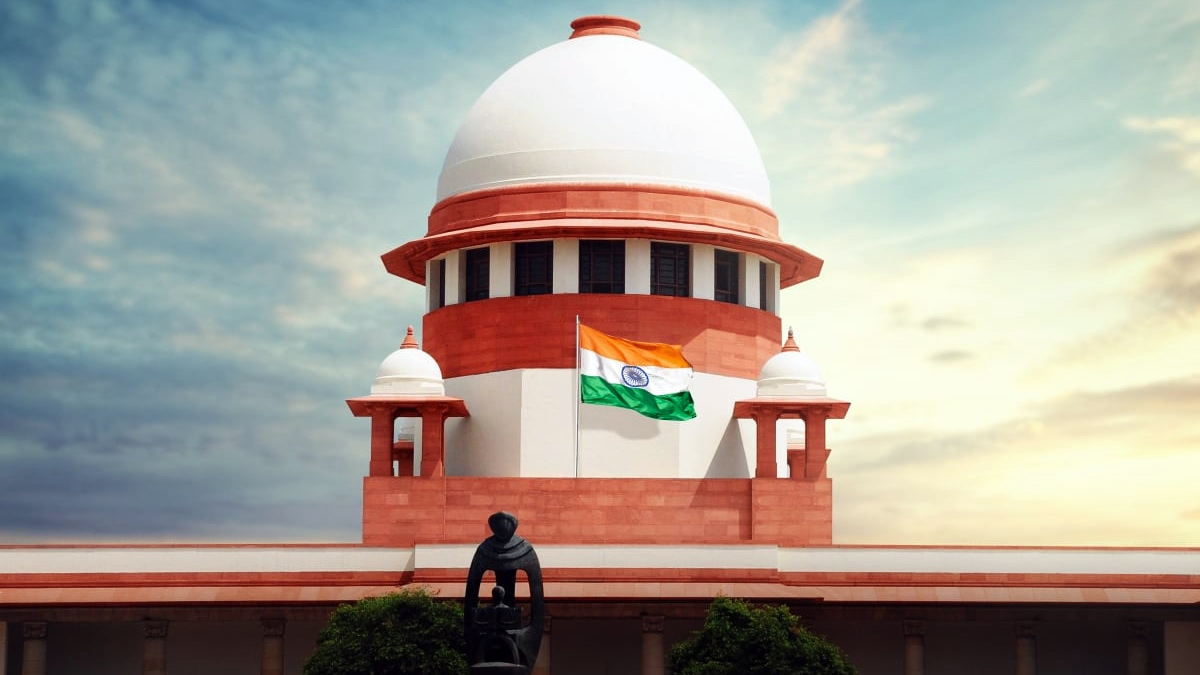
Amicus Curiae Suggests Eliminating SPV Contribution From Iron Ore Selling Value in Karnataka Mining
Last Updated on February 18, 2023 by Administrator
Senior Attorney Shyam Diwan, Amicus Curiae, in the PIL regarding the iron ore mining in some Karnataka districts, informed the Supreme Court on Wednesday that the Amicus was appointed due to the “serious environmental dimensions” of the case, which are no longer involved as such, and that going forward, it is generally agreed that the collection of 10% of the sale value from all mining lessees towards the Special Purpose Vehicle for taking ameliorating and mitigation measures.
Senior Attorney Mukul Rohtagi presented the following at the outset on behalf of the central PSU NMDC Ltd., whose contribution to the SPV is equal to 20% of the sale price of the two mines it owns “10 years ago, Your Lordships’ lowered from 20 to 10. I’m still young, 20. The state opposes the money’s return, claiming that doing so will result in the state losing revenue.”
Bench: “Who exactly is the money with?” “The money is lying with the state,” said Mr. Rohatgi.
Mr Divan said Since this issue has major environmental implications, the Amicus was appointed. There were mines operating and forests that were being encroached upon. Every law was being disregarded. As a result, none of those dimensions are relevant. We are currently progressing. What I have discovered is that, in terms of the future and the retention of the 10%, it appears that everyone is in agreement that such retention is unnecessary going forward.
Mr Divan then said that the concern right now is with the amount that has been collected. There appears to be a minor deviation, in my opinion. According to the Central Empowered Committee, this money is also refundable. The Monitoring Committee, which was also appointed by this Court, has a slightly different perspective. According to the Monitoring Committee, there is no retention or other money left to be collected, but there is a Special Purpose Vehicle that was established as part of the overall long-term strategy to ensure that there is adequate infrastructure there and the damage does not recur.
Prashant Bhushan, an attorney, represents the petitioner, contended that the CEC had submitted a report on 03.02.2012, making several recommendations, one of which was to categorize the mines into three categories based on the extent of encroachment in respect of the mining pits and overburden dumps, determined in terms of percentage qua the total lease area. They (NMDC) may be category A now because they have complied with all the clearances. The mines were divided into three groups (A, B, and C)… Prior to that, I respectfully submit that because they lacked clearances, they should have been handled like the other non-A category individuals, with 20% of their compensation being kept, much as category B and so forth.
“I am category ‘A’ from the beginning; I’m not ‘B’ or ‘C,’” Mr. Rohatgi said.
“There were examples where the leases were ended a decade ago, and there was mining in breach of forest clearance,” said attorney Nikhil Goel for the state of Karnataka.
For the Federation of Indian Mineral Industry, Senior Attorney Dushyant Dave says: “There is no need to consider this application. They didn’t submit a review. This query was specifically raised in our application. We stated that our lease was up. He replied by saying, “Their lease is up; don’t give it.” That can no longer be done by filing a clarification application. Despite there being an order in our favor, the state is not carrying it out “.
Mr Dave: “I acknowledge that this is forest land, and I would like to proceed by clearing the forest. I swore to the Supreme Court that I would abide if it were determined to be forest land. The issue is that since 2009, we have been agitating, and it is upsetting that the situation is not being taken seriously. In 2016, we were successful in the High Court.”
“We would have heard it today,” says Bench. We have reviewed the relevant material, but this bench was just appointed.
The subject was originally brought up, notified, and listed on Monday evening, according to Mr. Diwan, who had earlier informed the court that he had not been able to obtain sufficient inputs for the majority of these items.
The matter was then postponed until February 22 by the bench.
The Supreme Court declined to accept the Centrally Empowered Committee’s (CEC) suggestion to completely ease the maximum limit placed on production of iron ore in certain regions of the state of Karnataka in August of last year, stating that the situation demands a careful approach. Although broadly agreeing with the CEC’s recommendation about ceiling limits, the Apex Court noted that it could not accept the CEC’s most recent recommendation in its entirety.
The restriction for the production of iron ore in the Bellary District was increased from 28 MMT to 35 MMT by the bench of Chief Justice N.V. Ramana, Justices Hima Kohli, and C.T. Ravikumar, while the limit for the combined Chitradurga and Tumkur Districts was increased from 7 MMT to 15 MMT. While raising the ceiling limit, it was noted that environmental concerns and economic development objectives must be balanced in order to ensure sustainable growth.
“The original petitioner’s worries about potential overexcavation and its detrimental effects on intergenerational equity must be weighed against the worries of the other parties because the principles of sustainable development are also relevant. The preservation of ecology and the environment must go hand in hand with the spirit of economic progress, and even today, efforts are made to strike a delicate balance between the two objectives.”
In the past, the Supreme Court eased restrictions on selling iron ore in three Karnataka districts (Bellary, Chitradurga, and Tumkur), and it permitted its export subject to terms and conditions imposed by the Indian government. The Court permitted the mine operators to sell the already mined iron ore through direct contracts rather than through electronic bidding. It did, however, leave open the possibility of raising the cap on iron ore production and asked the Court-appointed Oversight Authority for their thoughts on the matter.
Relevantly, the decision dated 26.08.2022, which refers to the Oversight Authority’s report dated 29.07.2022, notes that due to the contradicting reports provided by the CEC and the Monitoring Committee, the Oversight Authority was unable to offer a strong opinion regarding the maximum limit. The Monitoring has taken a different stance, alluding to the infrastructural capacity to transport the iron ore excavated once the ceiling is lifted, whereas the CEC has opined in its report dated 10.04.2022, that orders of fixing direct level caps on production of iron ore by Category A and Category B mines be vacated from the financial year 2022–2023
Bench: Justices K. M. Joseph, Sanjiv Khanna, and M. M. Sundresh.
Case Title: Samaj Parivartan Samudaya and Ors. V. State of Karnataka and Ors.
Written By – Srijan




